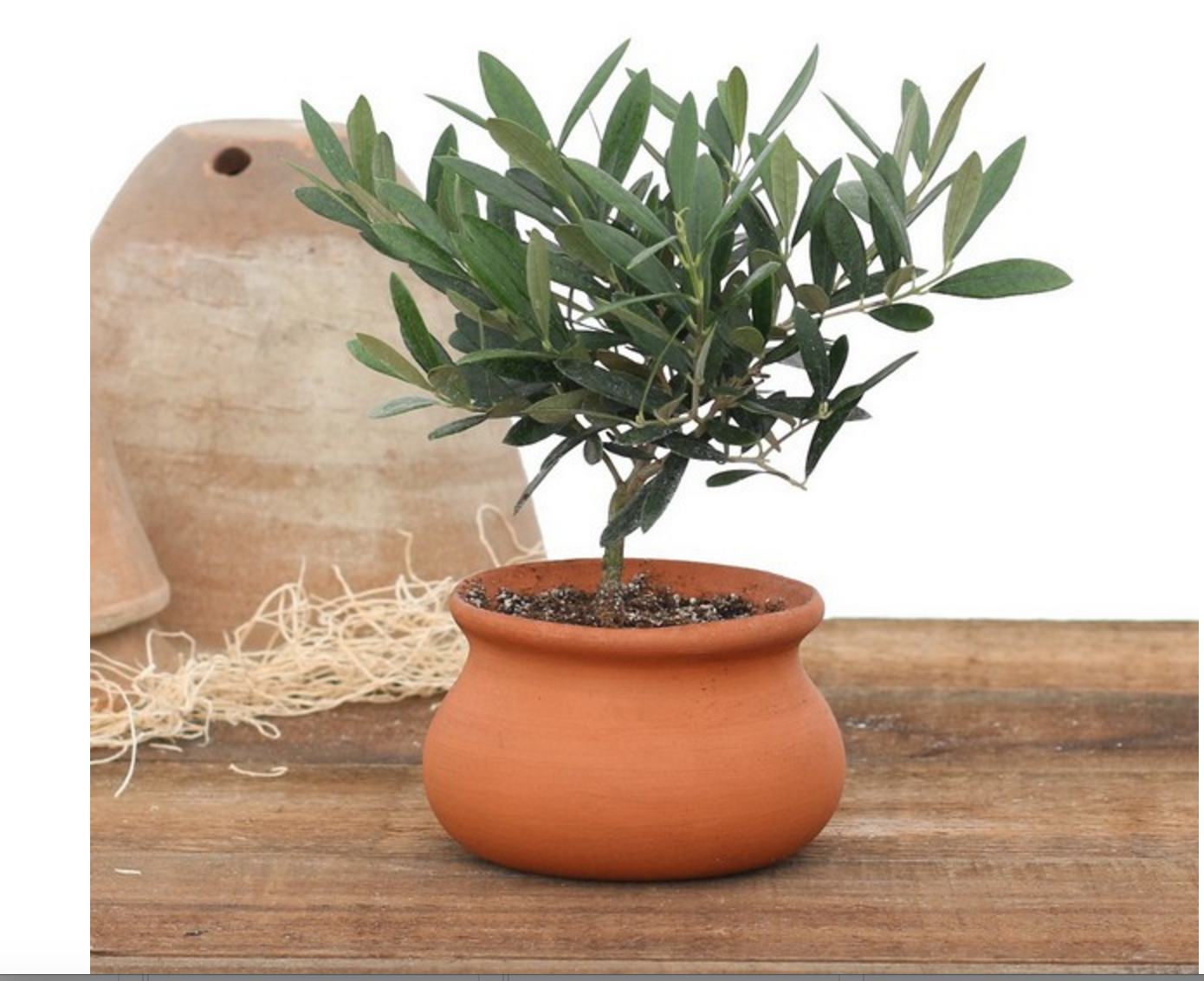Discover the enchanting world of live ivy topiary plants, where verdant artistry meets practical benefits. These meticulously shaped plants elevate any space, purifying the air while adding a touch of nature’s elegance.
In this comprehensive guide, we delve into the intricacies of caring for your live ivy topiary, exploring ideal growing conditions, watering techniques, and pruning secrets. We’ll also inspire you with design ideas, demonstrating how to incorporate these versatile plants into your interior and exterior décor.
Plant Care and Maintenance: Live Ivy Topiary Plants
Live ivy topiary plants are relatively low-maintenance and can thrive with proper care. Understanding their ideal growing conditions and implementing the right watering, fertilizing, and pruning techniques are essential for maintaining their health and aesthetic appeal.
Light Requirements
Ivy topiaries prefer bright, indirect light. Avoid placing them in direct sunlight, as this can scorch their leaves. If natural light is limited, you can supplement it with artificial grow lights.
Temperature and Humidity
Ivy topiaries prefer moderate temperatures between 60-75°F (15-24°C). They also thrive in high humidity environments. You can increase humidity by misting the leaves regularly or using a humidifier.
Watering
Water ivy topiaries when the top inch of soil feels dry to the touch. Avoid overwatering, as this can lead to root rot. Use room-temperature water and water deeply, allowing the water to drain out the bottom of the pot.
Fertilizing
Fertilize ivy topiaries monthly during the growing season (spring and summer) with a balanced liquid fertilizer diluted to half strength. Avoid over-fertilizing, as this can damage the plant.
Pruning and Shaping
Regular pruning is essential for maintaining the desired shape of ivy topiaries. Use sharp, clean shears to trim away any unruly growth or branches that are out of shape. You can also pinch back the tips of the stems to encourage bushier growth.
Design and Decor Ideas
Incorporate live ivy topiary plants into your interior and exterior designs to add a touch of nature and sophistication. These versatile plants can serve as focal points, accents, or privacy screens, bringing a sense of tranquility and freshness to any space.
Focal Points
Showcase your ivy topiaries as stunning focal points in your living room, dining area, or entryway. Place them on pedestals or side tables to elevate their presence and create a dramatic statement. Choose topiaries with intricate shapes or cascading vines to add visual interest and draw the eye.
Accents
Use ivy topiaries as elegant accents to complement your existing decor. Place them on shelves, windowsills, or mantels to add a touch of greenery and texture. Smaller topiaries can be grouped together to create a charming vignette, while larger ones can stand alone as striking statement pieces.
Privacy Screens, Live ivy topiary plants
Create natural privacy screens with ivy topiaries. Arrange them along fences, balconies, or walkways to block unsightly views and create a sense of seclusion. Ivy’s dense foliage provides an effective barrier while adding a touch of beauty to your outdoor space.
Unique Display Ideas
Get creative with your ivy topiary displays. Suspend them from hanging baskets to create a cascading effect. Mount them on walls to add a vertical dimension to your decor. Or, group them together in planters of varying heights to create a dynamic and eye-catching arrangement.
Benefits and Symbolism

Live ivy topiary plants offer numerous benefits beyond their aesthetic appeal. They possess remarkable air-purifying abilities and hold deep historical and cultural significance, enriching interior spaces with both practical and symbolic value.
Air-Purifying Benefits
Ivy topiaries are renowned for their ability to purify indoor air, removing harmful pollutants and improving overall air quality. Studies have shown that ivy plants can effectively absorb toxins such as formaldehyde, benzene, and trichloroethylene, which are commonly found in household products and building materials.
By absorbing these pollutants, ivy plants help reduce the risk of respiratory problems, allergies, and other health issues associated with poor indoor air quality. They also release oxygen into the air, contributing to a healthier and more refreshing indoor environment.
Historical and Cultural Significance
Ivy topiaries have a rich historical and cultural significance that dates back centuries. In ancient Greece and Rome, ivy was associated with the god Bacchus and was often used to decorate temples and homes. During the Middle Ages, ivy was believed to ward off evil spirits and was commonly planted around castles and other buildings.
In Victorian England, ivy topiaries became popular as a symbol of fidelity and everlasting love. They were often used in wedding ceremonies and were believed to bring good luck to the newlyweds. Today, ivy topiaries continue to be prized for their historical charm and are often used in landscaping and architecture to create a sense of elegance and sophistication.
Symbolism and Meaning
Ivy plants have long been associated with a variety of symbolic meanings. In many cultures, ivy is seen as a symbol of growth, perseverance, and determination. Its ability to cling to surfaces and thrive in challenging conditions has made it a symbol of resilience and the ability to overcome obstacles.
Ivy is also associated with fidelity, friendship, and loyalty. Its evergreen nature symbolizes enduring connections and the ability to withstand the test of time. By incorporating ivy topiaries into interior spaces, one can evoke these positive qualities and create a sense of stability and belonging.